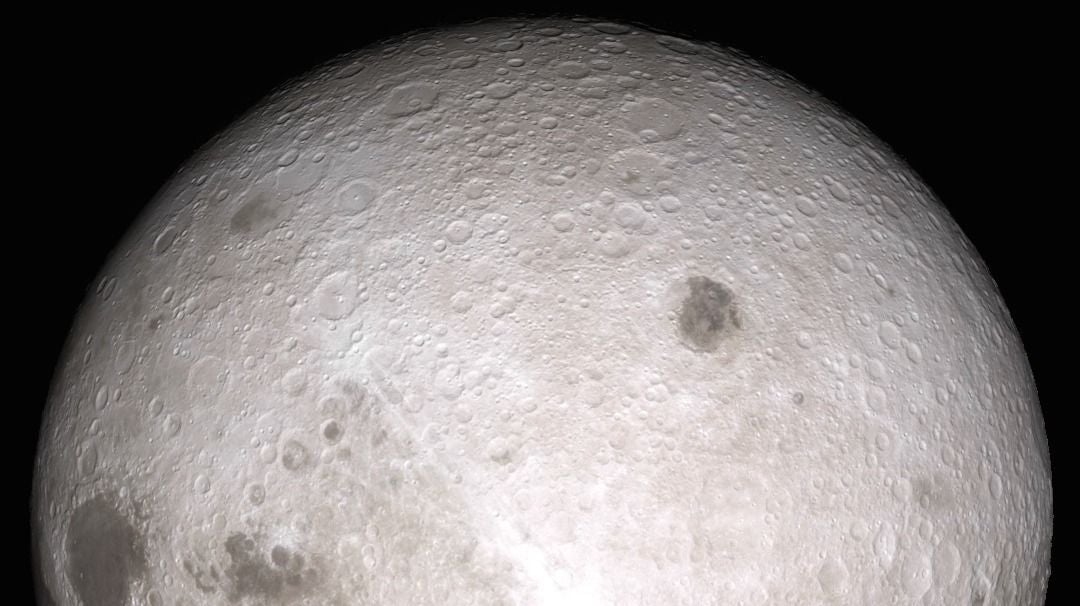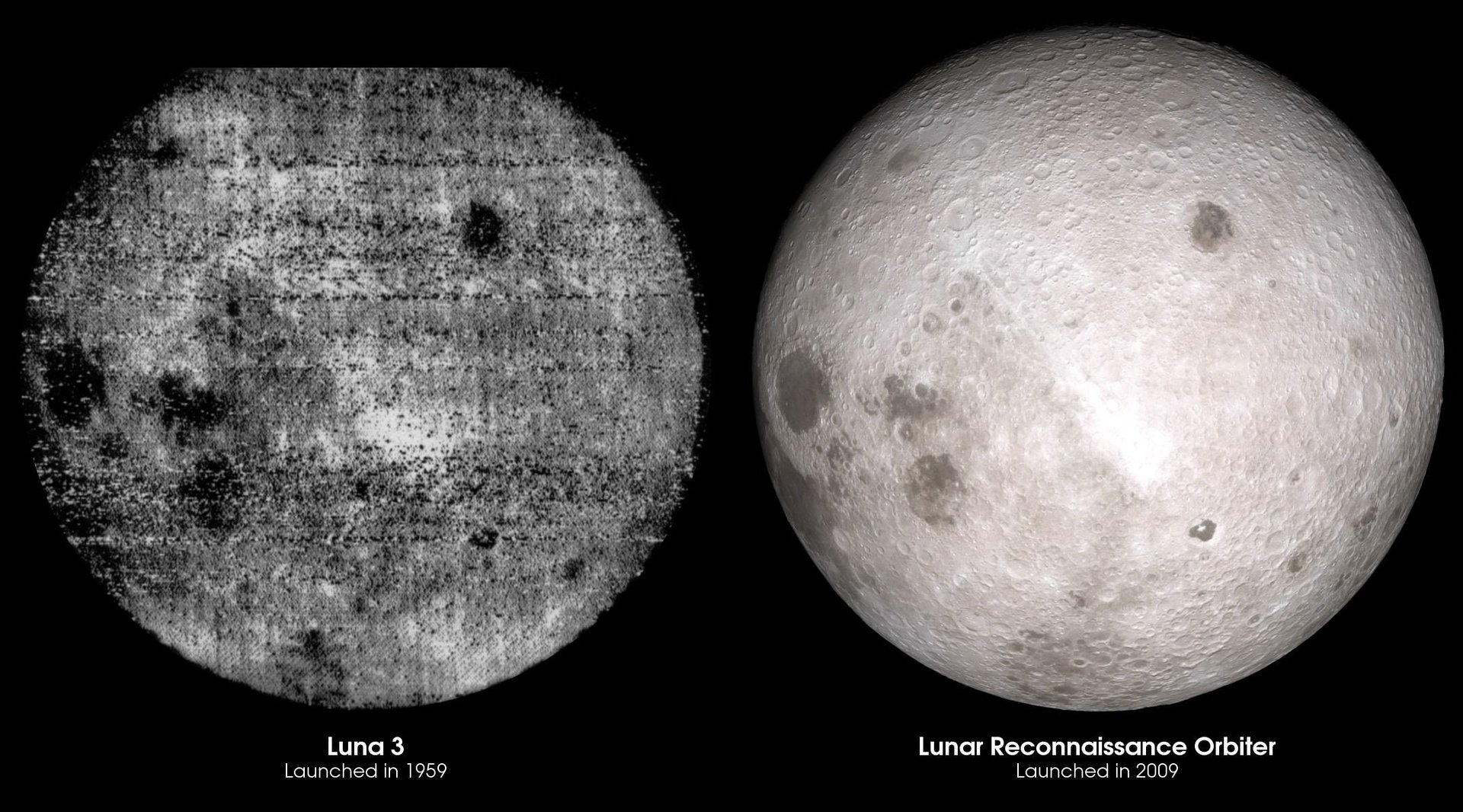NASA did a killer animation of the dark side of the moon
For most of our existence, humanity hasn’t been privy to a view of the far side of the moon, the hemisphere that faces away from the Earth’s surface.


For most of our existence, humanity hasn’t been privy to a view of the far side of the moon, the hemisphere that faces away from the Earth’s surface.
That changed 56 years ago, when the Soviet spacecraft Luna 3 captured the first images of the moon’s far side in 1959. But today, thanks to data and images captured by the Lunar Reconnaissance Orbiter, a NASA satellite that has been orbiting the moon since 2009, we’re able to observe the moon’s space-facing half in more detail than ever before. Here’s a side-by-side comparison of the first far-side photo with our current view:

With that detail, scientists and animators at the NASA Scientific Visualization Studio put together a new video that shows the view from the other side:
In fact, the far side of the moon is surprisingly different than the Earth-facing hemisphere. The moon we’re used to seeing is covered with lunar maria, dark patches of cooled lava from ancient volcanoes. By contrast, the other side has has fewer lunar maria and as a result is pockmarked with more craters.